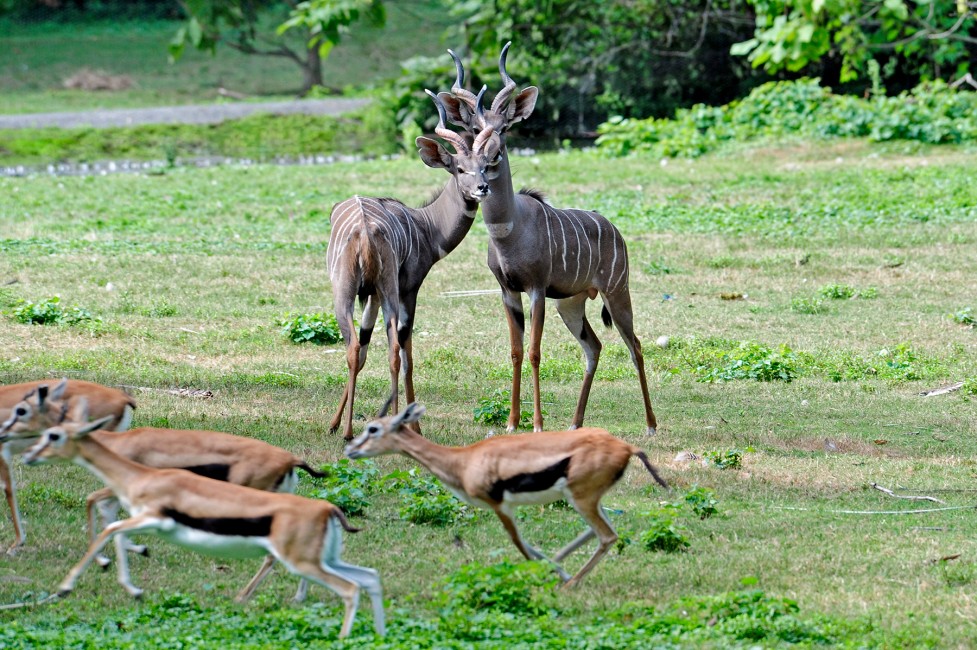
July 23, 2020
Zookeepers Stand for Wildlife
- as seen by -
 John Scott
John Scott
The animals (kudu and Thomson’s gazelles, above) at the five Wildlife Conservation Society parks act as ambassadors for their wild counterparts and inspire guests to become advocates for wildlife and their natural habitats. In a similar manner, the WCS keepers are ambassadors for WCS and also the world at large. Growing up as a gay kid in Connecticut interested in conservation, there were few to no prominent conservationists who were open and out about being gay. Now, a decade into my career, I have the opportunity to be a role model.
As we celebrate National Zookeeper Week, we have a chance to highlight our keepers in all their humanity: diverse in terms of race, gender, age, and sexual orientation. As our society grows more diverse, the zoological profession must also reflect that change.
We are the role models that will inspire future generations of zookeepers. Just as biodiversity in the natural world leads to stronger systems, a diverse workforce leads to a stronger work place bringing in new ideas and experiences that allows staff to learn from one another. This exchange of ideas leads to better problem-solving, promotes open dialogue, and fosters creativity.
The upcoming generation of Americans is the most diverse in our nation’s history. We need to be representative of that change and foster a new generation of conservationists. We are Black, White, Latinx, Asian, Gay, Straight, Bi, and Trans.
We are WCS zookeepers, and we stand for wildlife.
EDITOR’S NOTE: It’s National Zookeeper Week! Thanks to our keepers that care for the animals at WCS’s parks. We are grateful for the work they do.
Nikon
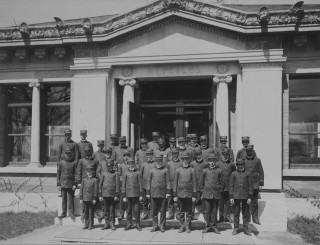
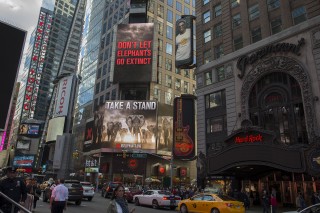
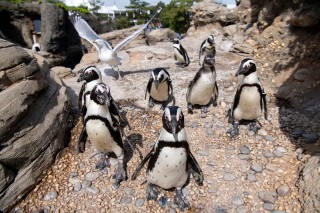
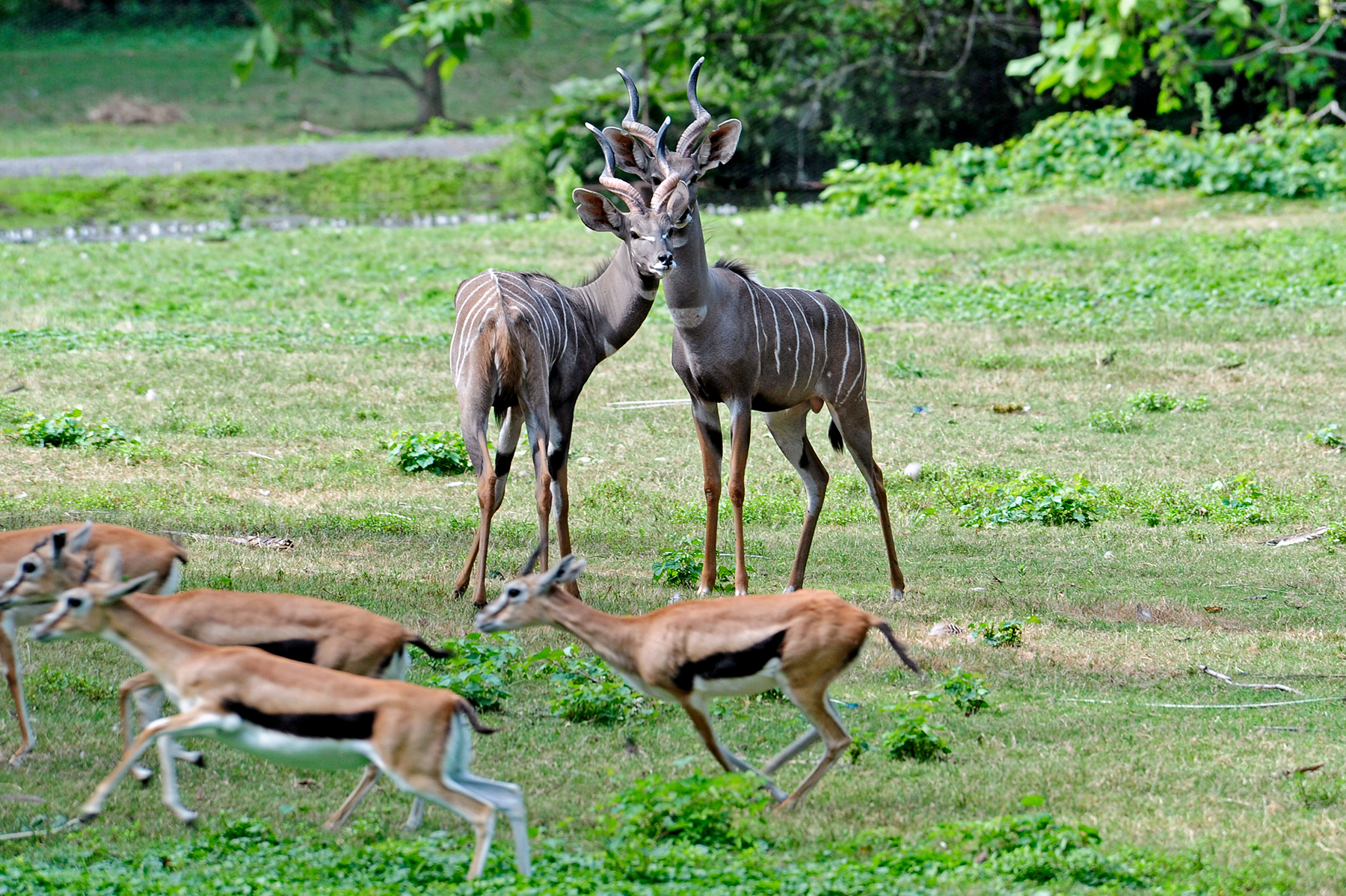
Leave a Comment